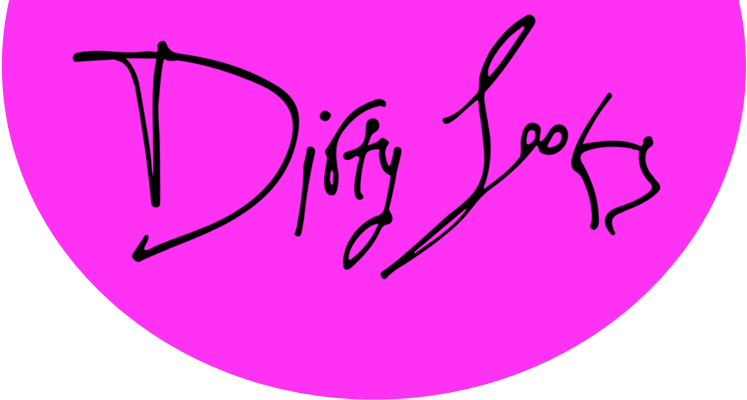32 Second Avenue
New York, NY 10003
CANCELLED DUE TO HURRICANE SANDY
PROGRAM:
Sally Potter, Thriller, 16mm, 34mins., 1979
Brice Dellsperger, selections from the Body Double series, video, approx 43mins., 1995 - 2011
Hide the razors and clutch your pearls. This Halloween, Dirty Looks brings you a program of works that queer the Hollywood thriller. Operatic, lavish, lurid – Sally Potter's Thriller is a feminist classic that deconstructs gender in the film noir genre. In his Body Double series, Brice Dellsperger meticulously reconstructs iconic scenes from the films of Brian De Palma and David Lynch with transgender, gender-bending, and drag performers.
Since its release in 1980, Sally Potter's rewriting of Puccini's opera, La Boheme, has become a classic in feminist film theory. A model for the deconstruction of the Hollywood film, Thriller turns the conventional role of women as romantic victims in fiction on its head. Mimi, the seamstress heroine of the opera who must die before the curtain goes down, decides to investigate the reasons for her death. In doing so, she begins to explore the dichotomy which separates her from the opera's other female character, the "bad girl" Musetta. As rich in sounds and imagery as it is theoretically compelling, Thriller provides the female spectator with a long-awaited recognition of her version of the story.
The Body Double video series is based on the concept of the body double in commercial feature filmmaking. In Dellserger's works, he proposes a new version of an existing movie sequence by producing a copy, also called remake, of the sequence itself, then replacing the characters of the original with various transvestites. The drag technique of lipsyncing takes on a deeper meaning in Dellsperger's works as his works utilize the original soundtrack of the existing film. In many Body Doubles, one non-professional actor is performing all the characters (Dellsperger himself in Body Double 1-3, and 15), thus visually repeating the character as many times as the number of characters/roles in the original sequence.


















